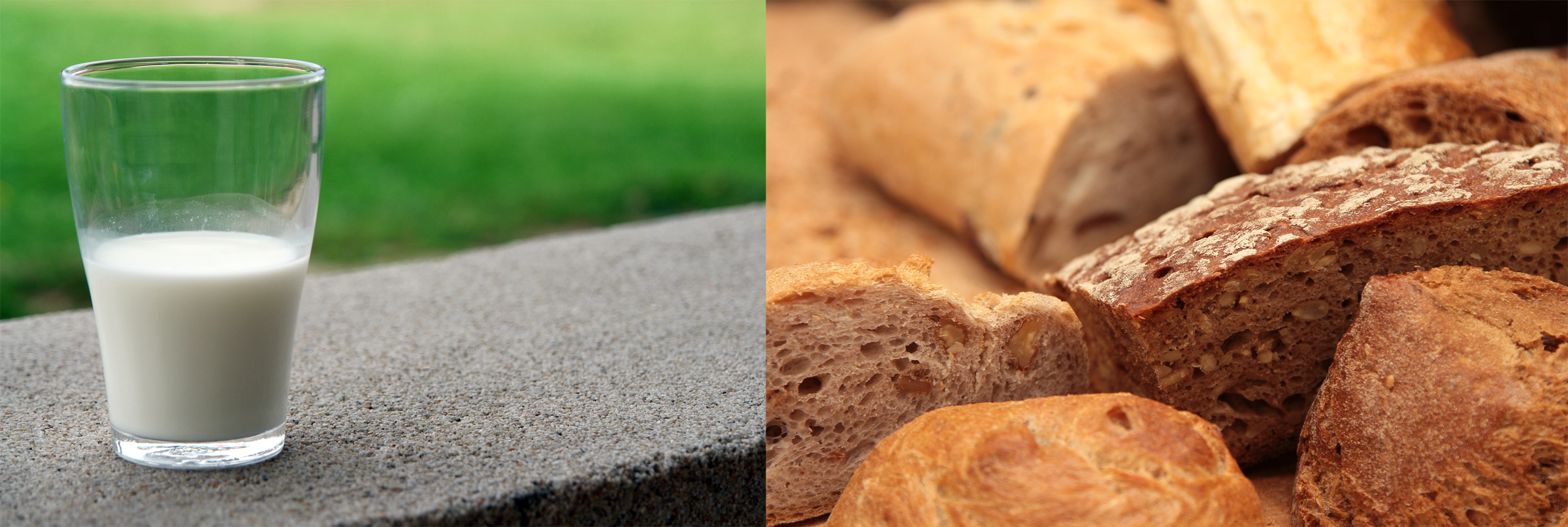
Hey ya’ll! So many people have been wondering about going Gluten Free and Dairy Free, so I thought I’d shed a little light on the topic.
A lot of people think that this transition is really hard, but the truth is that it’s a lot easier than people think! There are so many different foods that allow you to enjoy what you eat without incorporating dairy or wheat products in them. So here are 3 tips that will help you make the transition without feeling deprived.
- Don’t leave out your protein
A lot of us are used to having some type of bread or cheese products with our lunches and dinners especially, so when those types of foods are removed from the picture, we immediately think of completely removing the protein. Why? People assume that there’s no other way for protein to be appealing without it. This simply isn’t true!
I remember that struggle at the beginning, and I was STARVING all of the time. Without protein, it’s impossible to get full and stay full. In fact, we turn to sugary, starchy stuff 95% of the time when we forgo our protein. So find a new way to prepare your meats! Get more familiar with great seasonings. Incorporate some healthy oils into your preparation. Get some flavor going! Make protein the center of every meal and then build around that rather than adding it in as an afterthought.
- Prioritize healthy carbs
In many cases, many or all of the daily carbs in a diet come from breads and wheat products, and many gluten free baked items are made with some dairy products. It’s really no wonder that going gluten-free AND dairy-free often leaves people feeling tired and weak – instead of replacing carbs with other GF/DF, complex carbs, they are eliminated altogether! That doesn’t have to be the case! Healthy carbs are essential to building energy reserves, and those energy reserves are what help get us through our daily activities. Without them, we feel sluggish and tired. Don’t go carb-free!
There are lots of healthy carbs that many people don’t think of. Sweet potatoes, oats, beans, and nuts are just a few sources that are commonly overlooked and awesome, filling alternatives!!
- Fill your plate with vegetables
You hear it all the time – eat your vegetables. But more often than not, the veggies never make it on our plate! That’s a real problem for GF/DF folks, because it leaves them with a plate that lacks vital nutrients. Veggies contain fiber, essential vitamins, and even calcium.
In order to feel full and satisfied at every meal, you need to fill at least half of your plate with some type of vegetable. You should also focus on incorporating some kind of “superfood,” like kale or spinach, at least once a day (these leafy greens contain a lot of the big nutrients that fight off infections and make up for the lack of dairy and wheat in our diets).
If you try and do all 3 of these things, the transition to a DF/GF diet will be a lot easier!
*One note – I do not have Celiac Disease. I have a mild sensitivity to both gluten and dairy (I gain up to 10 pounds in water weight overnight and experience mild aching after consuming either), which is why I avoid it. HOWEVER, those who deal with serious sensitivities or Celiac MUST look at the ingredients in all of your food. That can be where it gets tricky, because even having foods that are processed with the same machines or near facilities that handle wheat or dairy products can set you off and damage your body in a serious way. If you do have a higher sensitivity to either gluten or dairy, you should only use products that are Certifiably Gluten Free (all products that have been certified will have a label somewhere on the product). Mild sensitivity, like mine, most likely will not require this same level of caution.
